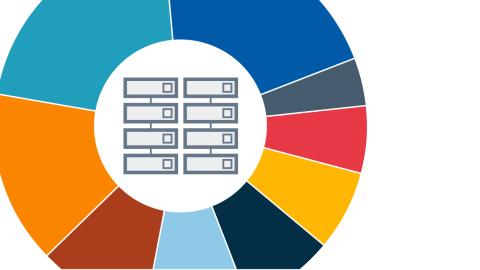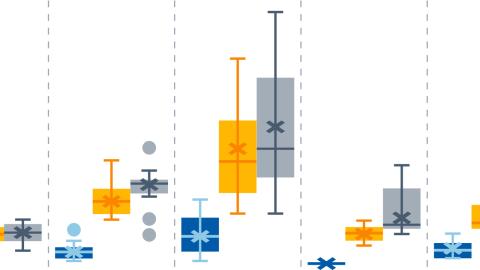Uptime Institute Intelligence looks beyond some of the more obvious trends of 2023 - that the sector continues to expand and innovate while facing stricter regulatory requirements - and identifies some challenging issues.

Andy Lawrence
Andy is a founding member and the Executive Director of Research for Uptime Institute Intelligence, which analyzes and explains trends shaping the critical infrastructure industry. He has extensive experience analyzing developments in IT, emerging technologies, data centers and infrastructure, and advising companies on technical and business strategies.
alawrence@uptimeinstitute.com
Latest Research
The European Commission’s (EC’s) proposed recast of its Energy Efficiency Directive (EED) sets out new and strict reporting requirements for data centers operating in the EU. If passed, data centers with 100 kilowatts or more total installed IT…
The Uptime Institute Global Data Center Survey is the most comprehensive of its kind. The findings reveal the experiences of data center operators in the areas of performance, resiliency, efficiency and sustainability.
The value, role and safety of nuclear power has strongly divided opinion, both in favor of and against, since the 1950s. This debate has now, in 2022, reached a critical point again as energy security and prices cause increasing concern globally …
Nearly 15 years ago – in 2008 – Uptime Institute presented a paper titled “The gathering storm.” The paper was about the inevitability of a struggle against climate change and how this might play out for the power-hungry data center and IT sector…
In recent years, Uptime Institute has published regular reports examining both the rate and causes of data center and IT service outages. The reports, which have been widely read and reported in the media, paint a picture of an industry that is…
As a result of some high-profile outages and the growing interest in running critical services in a public cloud, the reliability — and transparency — of public cloud services has come under scrutiny.Cloud services are designed to operate with low…
Analyzing human error — with a view to preventing it — has always been challenging for data center operators. The cause of a failure can lie in how well a process was taught, how tired, well trained or resourced the staff are, or whether the…
Data centers are subject to an expanding set of sustainability measurement and reporting requirements - most are voluntary but will increasingly be mandated. Operators need to prepare to meet these requirements.
As part of a sustainability strategy, focused attention on water use, circularity requirements and data center siting / design specifications will contribute significantly to sustainable data center operations.
Data center operators can combine existing reliability, resiliency and performance metrics with freshly minted sustainability benchmarks to convey a compelling IT system efficiency message.
Energy consumption by data centers has a significant environmental impact and operating cost. Consequently, tracking energy-related measurements and metrics should be embedded in routine business processes and operations.
A data center GHG emissions reduction plan should optimize and minimize energy consumption and focus on the procurement of renewable or zero-emissions energy to supply the facility.
This report, the first in a series, sets out the main elements of a digital infrastructure sustainability strategy and details some of the processes, challenges, metrics and outcomes.
This high-level glossary of terms accompanies the Uptime Institute Intelligence report series, 'Digital infrastructure sustainability - A manager's guide'.










